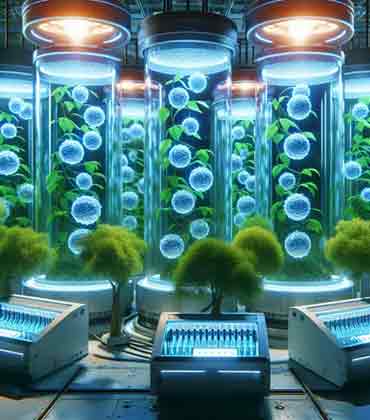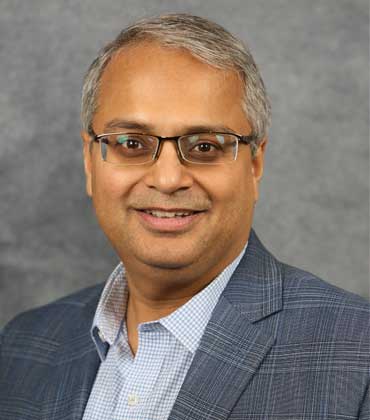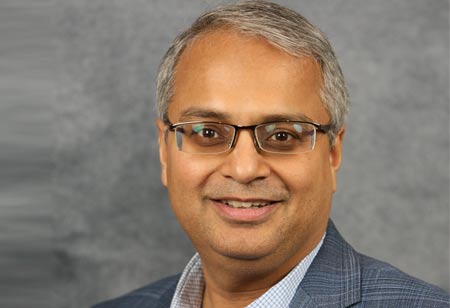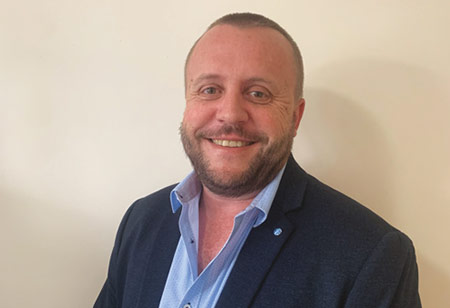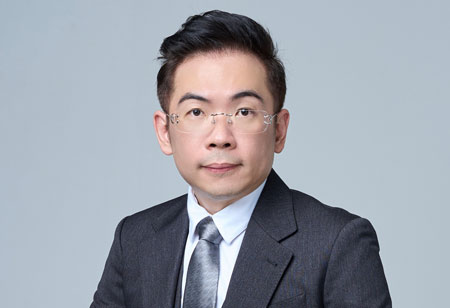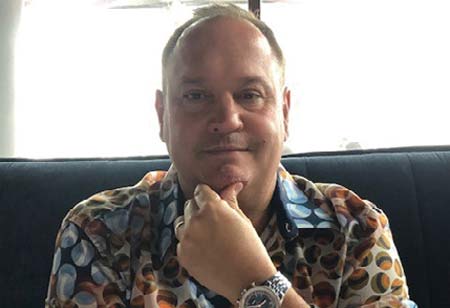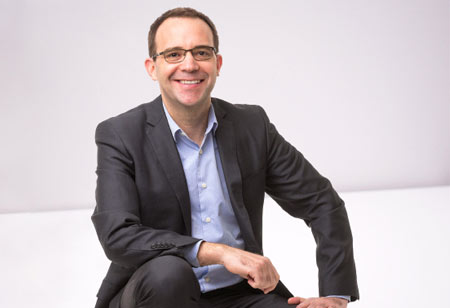THANK YOU FOR SUBSCRIBING
By John Carter, Area Europe Quality Director, Ferrero
The Qualicopter-Two Freedoms, Three Trends, and the...
By Arun Ahuja, Senior Vice President & General Manager, Healthcare & Corporate at Transact + CBORD
The Path of Least Resistance: Connecting Hospital Food...
By David Hermann, ANZ Electrical, Instrumentation and Process Automation Manager, Goodman Fielder
Digital Transformation and Industry 4.0 in Manufacturing

Modernise While Preserving the Soul of Craftsmanship
Atanasios Moschos, Quality, Safety & Security Director, Confiserie Leonidas S.A.

 Atanasios Moschos, Quality, Safety & Security Director, Confiserie Leonidas S.A.
Atanasios Moschos, Quality, Safety & Security Director, Confiserie Leonidas S.A.We have been making chocolates for 106 years, a product with an old history and tradition. We are a medium-size company and our manufacturing process, although industrial and relatively automated, still has completely artisanal processes and working methods. Our installations are the result of decades of successive modifications, and therefore, our daily life is relatively complex.
After these 106 years of existence, we have reached a point where we are thinking about what the company will or should be like in the next thirty years. Should we keep our plant, should we build something completely new? What will be the best techniques for the future.
It is tempting to see the current period as a “quantum” leap, an opportunity to fundamentally renew processes, introduce new technologies or renew current techniques with innovative technologies.
Renewing oneself is an essential thing, but at the same time, we want to preserve our craftsmanship while further improving quality.
Mature technologies or technologies that will have become mature in the very, very near future (one, two years) are available to help us. In addition, this can be achieved without disproportionate costs as all these technologies are becoming economically accessible. Here are some examples of our first thoughts, first ways to support our approach which is to modernize ourselves while keeping our artisanal soul.
Radical process changes with new facilities coupled with the retirement of a generation of experienced workers must be anticipated in all companies.
It is clear that people with decades of experience will become mentors during the change process. They will pass on their experience, their know-how, their manual experience before leaving.
We will help them with virtual reality and augmented reality tools to accelerate this transmission.
There are outfits on the market equipped with sensors that record workers' postures. The main goal is to study and improve the ergonomics of workstations. The same tools integrated with augmented reality can be used to record the good practices, the craftsmanship that some processes require.
It is clear that people with decades of experience will become mentors during the change process. They will pass on their experience, their know-how, their manual experience before leaving
Virtual reality will also help us to improve quality and visualize know-how. The use of "digital/virtual twins" makes it possible to simulate a plant and analyse processes in terms of efficiency, effectiveness, design and safety, but it is also a fantastic tool to go further: visualise the individual practices of workers, create a knowledge database that can be passed on to new generations.
We also have the opportunity to implement intelligent sensors that will allow us to ensure more effective controls than in the past.
Many of our controls are visual controls. The appearance, the shape of a product is assessed by a human eye. AI and deep learning with pattern recognition systems will be there to do this work.
The AI is also present to improve existing quality control and safety techniques. Think about Near Infrared sensors. This is not a new technique. It has been used in the industry for many years.
The use of AI and deep learning should make it possible to overcome the limitations of the method. In addition, the sensors are smaller, more economical and can be integrated online on production lines.
Like most food industries, we use metal detectors. There are also X-rays, teraHertz spectroscopy available in the market. Here too, AI and deep learning will make these methods more effective and expand their field of use.
Smarter sensors will be more easily integrated into our “human” work environment.
The food industry is an industry that has been using automation for many years and it is very common to see fully automated production sites.
There is an innovation that can reconcile automation and "craftsmanship". We are referring to collaborative robots. Robots specially built to work side by side with human workers. The media have recently shown a “pizzaiolo robot” who "works" like humans; it is typically this new generation of robots that could be integrated into our manufacturing process. We do not replace the human by the machine, but we make them work together.
We will not discuss the IoT as it deserves several articles considering the richness of this field. But here too, there are countless applications compatible with our philosophy.
New technologies (AI, virtual reality, robotisation, etc.) will be able to improve the way we work, sometimes in less spectacular ways(new sensors, etc.), sometimes in a radically new way as with collaborative robots but always keeping a strong connection with human know-how.
New technologies and craftsmanship are not antagonistic but complementary. Moreover, with a deeper integration of craftsmanship, AI and all related techniques will improve and become more and more efficient.
It is our path for the future.
Read Also



